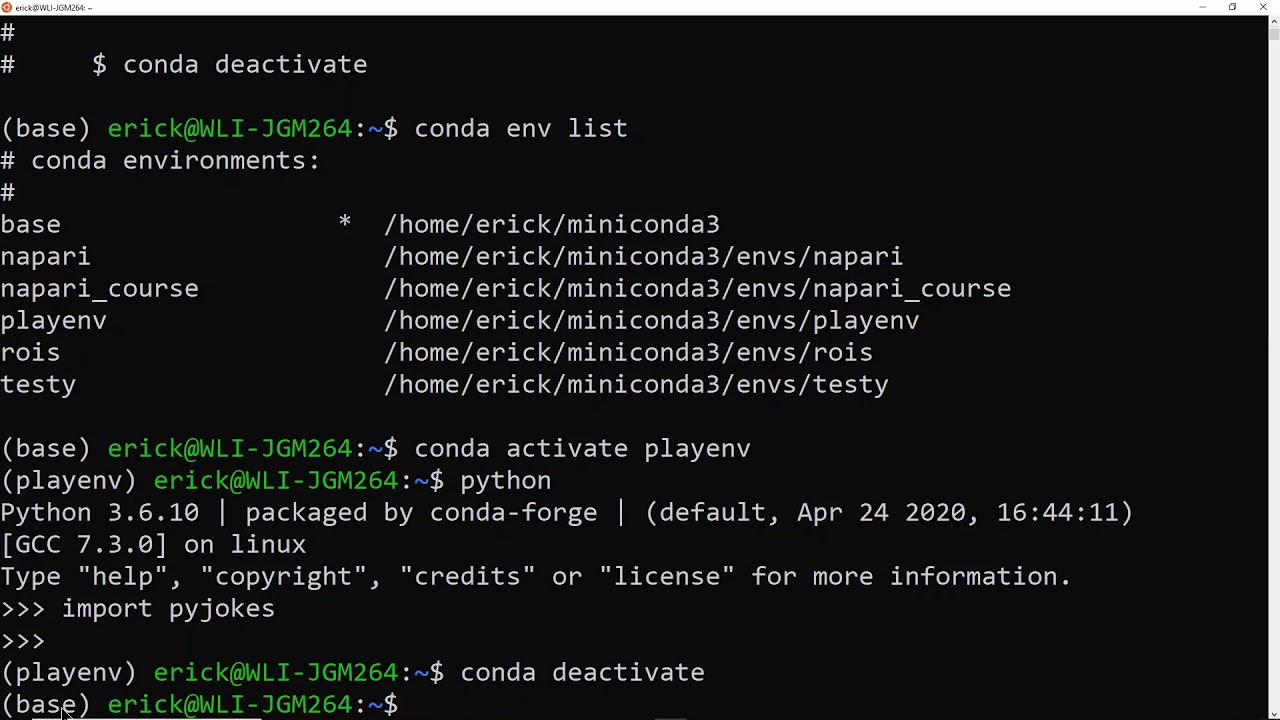
You typically want to create an environment for each workspace. Any packages that you install or uninstall affect the global environment and all programs that you run within it.ĭo note that if you install packages into your global environment, though, in time it will become crowded with potentially unrelated or unexpected packages and make it difficult to properly test an application. For example, if you just run python, python3, or py at a new terminal (depending on how you installed Python), you're running in that interpreter's global environment. Python environments Global environmentsīy default, any Python interpreter installed runs in its own global environment. Note: If you'd like to become more familiar with the Python programming language, review More Python resources. An "environment" in Python is the context in which a Python program runs and consists of an interpreter and any number of installed packages. This article discusses the helpful Python environments features available in Visual Studio Code.

For example, some software want Python 2 on your system, while others want Python 3. It is also indispensable if you want to use software which have incompatible dependencies.

It has saved me many headaches and has vastly simplified software installation. I would recommend that you learn it at the beginning of your programmer's or bioinformatician's career.

It is also useful for R and Python programmers. It is especially useful in bioinformatics and for people who use a lot of different software and packages. It forms part of the basic toolkit of any programmer.


 0 kommentar(er)
0 kommentar(er)
